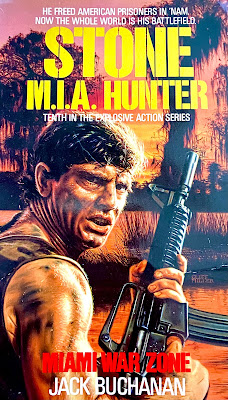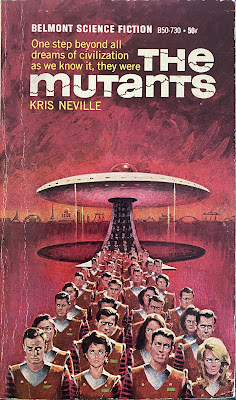Sam Spade shares an office with his partner Miles Archer. The two receive a visitor calling herself Miss Wonderley. This potential new client wants the duo to follow a man named Floyd, who she speculates has convinced her sister to run off with him. When she produces cash, the two agree to the case and Archer is the first to do the checking up. Unfortunately, Spade is notified that same night that Archer has been shot to death. Spade later learns that this Floyd fellow has been killed as well.
Anyone that reads my reviews knows that one of my biggest pet peeves in literature is starting a novel with a lot of “what the Hell is going on” type of stuff. The Maltese Falcon is one of those books. The first chapters, or arguably the entire first half, purposefully makes very little sense. Wonderley is really a woman named Brigid O' Shaughnessy, who was hired by a man named Gutman in Constantinople to locate a precious statue of a falcon said to have been passed down through the years from the 16th century. This Brigid woman hired another guy named Cairo to help her get the falcon, but then fled to San Francisco with Floyd hoping to make an even more lucrative sell to a higher bidder than Gutman. Forget all of the sister stuff.
Cairo is now chasing Brigid, while she's being chased by Gutman and the police think Spade is in on the kill of Archer and maybe Floyd because he was sleeping with Archer's wife Iva. It's a tangled plot with a lot of characters and moving parts. Sadly, nothing really ever happens beyond an excessive amount of dialogue, speculation, and finger wagging. At one point, every major character enters the room and they get down to the discussion of who killed who and motives and all of the typical stuff you find in the armchair sleuth business.
Sure, Spade is a cool character, doesn't say much, and breaks the mold of the Sherlock Golden Age Detective by unconventional means. He doesn't work well with the law, obviously has some anti-hero characteristics (he's sleeping with his partner's wife for God's sake), and becomes an evasive fall guy chasing red herrings galore. He should be easy to cheer, considering he's the least baddest of the bad guys. But, all of these characteristics still left a dull edge. Spade isn't supposed to be a likable guy, but he should damn well be an entertaining one.
Hammett's storytelling style didn't resonate with me. There isn’t much insight into what any of these characters are thinking. Instead, it reads like a play with the entire novel presented through the dialogue. It is void of any emotional depth.
The idea that this book is cherished by the mystery community seems odd to me. Is it really a mystery novel that needs an adventure, or an adventure novel trapped in the confines of a whodunit? I wanted Sam Spade to grab a suitcase and head to Europe or Asia chasing this Holy Grail-like relic of Spanish lore. The whole idea of chasing the treasure is just begging for a wild globe-trot. But, these things never happen and the mystery doesn't escape a handful of rooms.
Granted, I'm probably saturated in modern detectives or more hard-hitting tough guys from the mid to late 20th century, so finding Sam Spade late in the game didn't do me (or him) any favors. It's like watching Top Gun: Maverick (2022) and then attempting to appreciate The Dawn Patrol (1938). It is probably more my fault than Hammett's, but I still can't justify the hype of Sam Spade or The Maltese Falcon. Overall, this was a snooze fest for me.
Buy a copy of this book HERE.




















